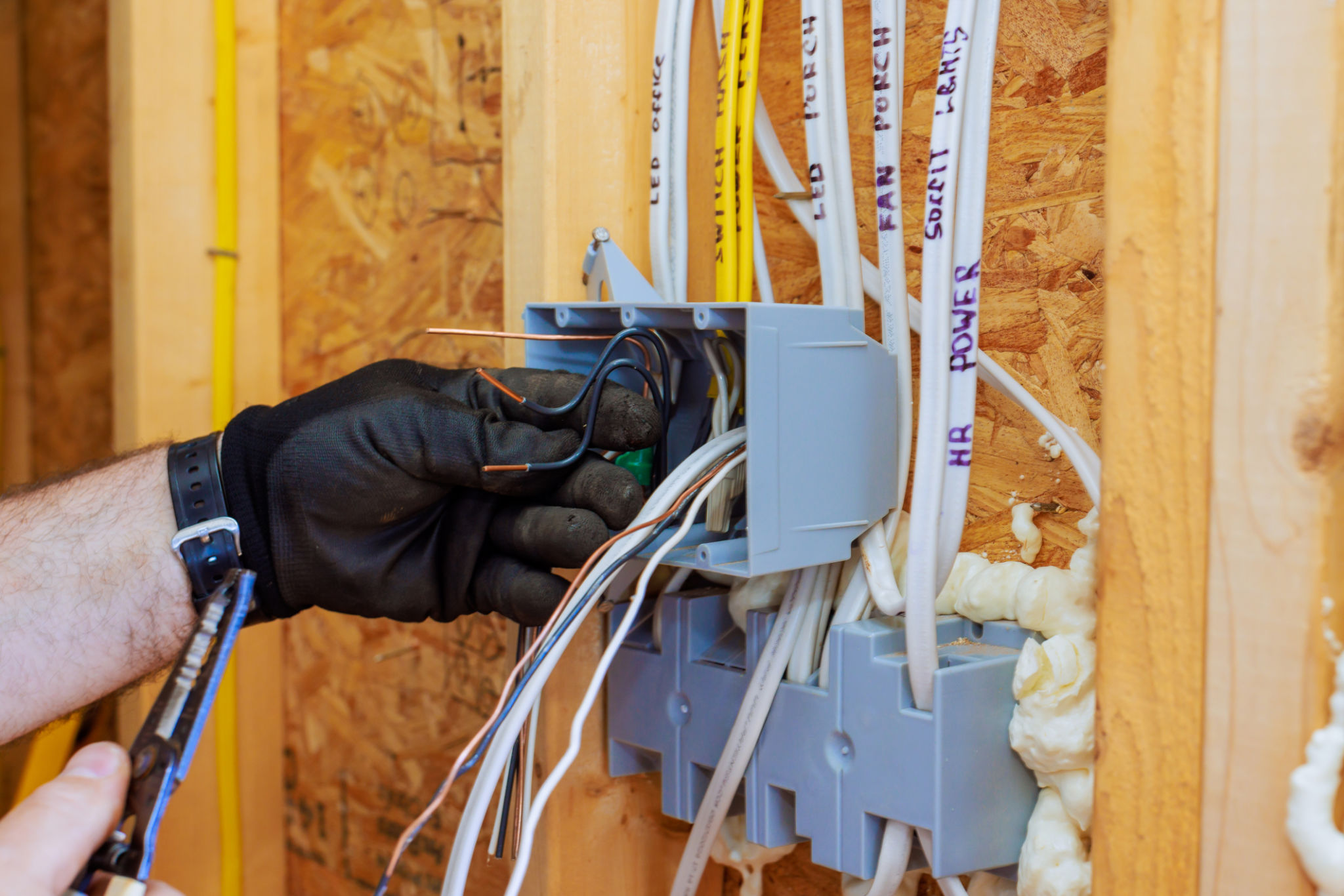DIY Electrical Safety Tips for Homeowners
Understanding the Basics
Working with electricity can be daunting for many homeowners, but having a basic understanding of how your home's electrical system functions can empower you to handle minor tasks safely. Before diving into any DIY electrical project, familiarize yourself with the main components, such as the circuit breaker, outlets, and switches. Knowing how to safely turn off the power at the main panel is crucial.

Tools and Equipment
Having the right tools is essential for any DIY electrical work. Basic tools include a voltage tester, wire strippers, pliers, screwdrivers, and electrical tape. A voltage tester is particularly important as it helps ensure that a wire is not live before you begin working on it. Safety goggles and gloves are also recommended to protect yourself from potential hazards.
Safety Precautions
Electrical safety starts with taking the right precautions. Always ensure that the power is turned off before starting any work. Use a voltage tester to double-check that the power is off, even if you have switched off the breaker. Additionally, never work with wet hands or in damp conditions, as water greatly increases the risk of electrical shock.

Avoid Overloading Circuits
One of the most common electrical hazards in homes is circuit overload. This occurs when more electricity is drawn from a circuit than it can handle, leading to overheating and potentially causing a fire. To prevent overloading, distribute appliances between different circuits and unplug devices when not in use. If you frequently experience tripped breakers or blown fuses, it may be time to consult a professional.
Inspecting Wiring and Outlets
Regularly inspecting your home's wiring and outlets can help identify potential issues before they become serious problems. Look for signs of wear and tear, such as frayed wires or discolored outlets. If you notice any unusual sounds or burning smells near outlets, it's important to address these issues immediately.

Replacing Outlets and Switches
If you need to replace an outlet or switch, make sure you have the correct replacement part that matches the existing one in terms of voltage and amperage. Begin by turning off the power and using a voltage tester to ensure safety. Carefully remove the old component and install the new one following the manufacturer's instructions. Properly secure all connections to avoid any loose wires.
Understanding When to Call a Professional
While many minor electrical tasks can be handled by homeowners, it's crucial to know when to call in a professional electrician. If you're dealing with complex issues such as rewiring or installing new circuits, it's best to leave these tasks to an expert. Attempting complicated electrical work without proper knowledge can lead to serious safety hazards.
Conclusion
DIY electrical work can be rewarding and cost-effective when done safely and correctly. By following these safety tips and knowing your limits, you can tackle minor electrical projects with confidence. Always prioritize safety and never hesitate to seek professional help if you're unsure about any aspect of your home's electrical system.
